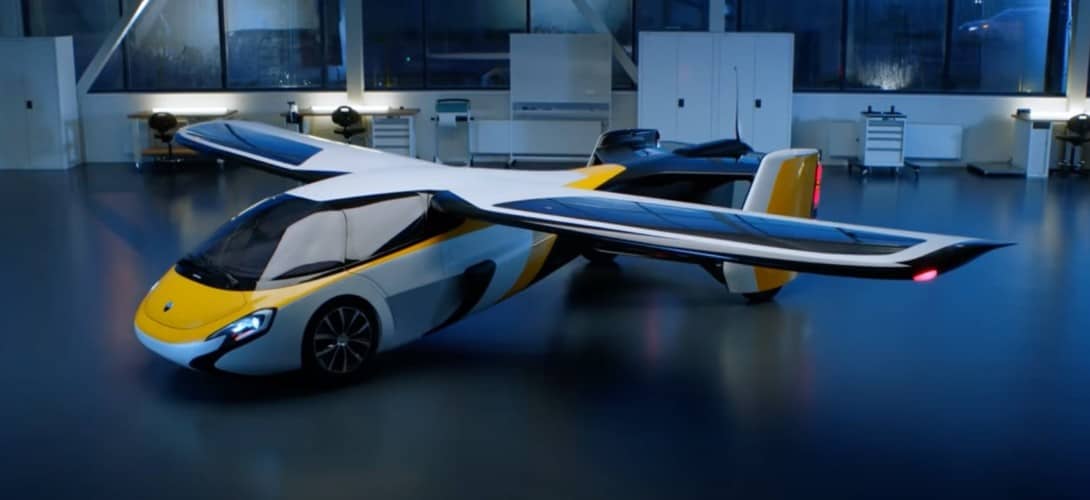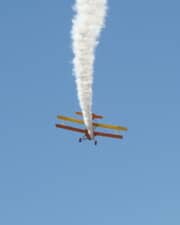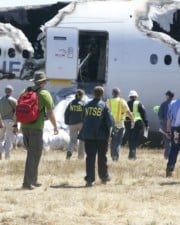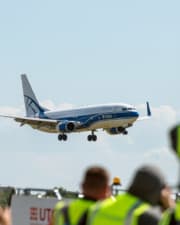In the mid-nineties, people used to think that flying cars would be a reality in the distant future. Even Henry Ford, the founder of Ford automobiles, said in 1940: “Mark my words: A combination [of an] airplane and motorcar is coming. You may smile, but it will come.” So, in 2022, has Ford’s prediction really come true? Or will petrol heads and aviation geeks have to wait some more to get their hands on a flying car?
Despite technological advancements in the aviation and automobile industry, there has not been a single reliable, capable, and mass-produced car that can fly. However, that has not deterred companies from trying to create a sustainable and feasible flying car. The latest claim comes from AeroMobil which claims that customers will be able to buy its flying cars in 2023, with public demonstrations taking place this year.
History Of Flying Cars
Ever since the Wright brothers proved that powered flight was possible, intellectuals, petrol heads, and aviation geeks have tried combining the thrill of flying with the pleasure of driving by creating a flying car.
Early attempts yielded little results with the prototypes simply exploding. However, the first milestone was achieved on March 21st, 1937 when Waldo Waterman’s Arrowbile successfully took to the skies.
In 1946, another attempt was made, this time by a company named Fulton. They named their creation the FA-2 Amphibian. The unique thing about the Amphibian was that it featured removable tail and wing sections. However, the tail and wing sections were so huge that they could not be brought along when the car was in road mode.
Since then, attempts were made to create a flying car feasible enough for mass production but the potential candidates never went beyond the prototype stage, as a result, most ended up in museums. However, in recent years, interest in creating a practical flying car has seen a resurgence with many startups and tech companies pooling resources to achieve this milestone.
Top Contenders For Flying Cars
Following are some of the top contenders that are under development and may be up for sale to the public in the near future:
1. AeroMobil 4.0
AeroMobil has significantly contributed to making flying cars a reality. AeroMobil is a two-seater aircraft and vehicle meant for personal use. The latest version 4.0 is undergoing testing and certification trials will follow.
AeroMobil 4.0 is 20 feet long and 7 feet wide in normal driving mode. The customer can press a button and the car will transform into a flying machine in three minutes. It has a wingspan of 30 feet and requires a 1300-foot runway for takeoff.
The company recently announced that its prototype may go up for sale next year with public demonstrations scheduled for this year. The car is expected to cost upwards of 1 million dollars.
2. Klein Vision AirCar
Klein Vision is a Slovakia-based company, whose project AirCar, was recently granted a certificate of airworthiness by the Slovakian Civil Aviation Authority under the supervision of EASA (European Aviation Safety Agency).
AirCar has a transmission system that allows it to switch between road and air mode. The final powerplant has not yet been decided but it is expected that the company will choose a powerful engine developed by BMW.
Klein Vision will now pursue regulatory approvals by the concerned authorities so that AirCar may be used on the roads.
3. Terrafugia TF-X
The TF-X is being developed by Terrafugia. The TF-X has gull-style wings with eVTOL rotors on top that can be tucked away once the car is in road mode. The helicopter-style design means that the car does not require long stretches of asphalt, however, it does require 1MW of electrical power to get it off the ground.
However, recently the company has laid off many workers in the recent year, so it is unlikely that the financial position of the company will allow further expense on this project.
Challenges Faced By Flying Cars
The challenges faced by flying cars range from license requirements, regulatory approvals, and complex engineering hurdles. The following are some challenges faced by flying cars:
1. Regulations
Airplanes and cars are governed by two different sets of regulations. The requirements and specifications for each are completely different. For flying cars, either a new regulation will have to be drafted or a design will have to be certified with existing automobile and aviation regulations.
For example, for a flying car to be certified in the United States of America it would need two approvals, one from the Federal Aviation Administration (FAA) and the other from the National Highway Traffic Safety Administration (NHTSA).

2. Safety
With airplanes, drones, birds, and flying cars sharing the same airspace safety will be of greater concern to the regulatory bodies involved. Also, more congestion can be expected, so traffic collision avoidance will also play a huge role.
It is predicted that flying cars will utilize AI for the detection and avoidance of collisions with other flying cars, airplanes, drones, etc. This would involve real-time sensor fusion along with a communication protocol between vehicles.
3. Environment
With an increased number of vehicles in the sky, the environmental impact and the outrage from environmental groups will also be something to address before flying cars can become viable.
Noise pollution is another factor that would need to be addressed. With the everyday use of flying cars, noise pollution levels would skyrocket, and an effective strategy would be needed to address and resolve those noise complaints.
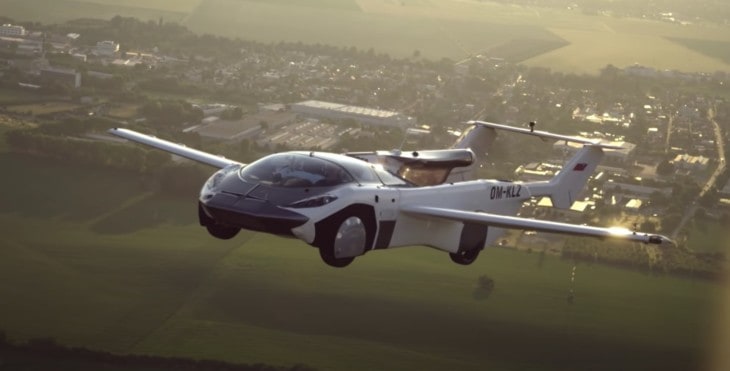
4. Cost
The base cost of manufacturing just a single unit of a flying car is estimated to be millions of dollars. The challenge for designers and manufacturers is to bring that cost to an affordable level so that mass production can be feasible and easily accessible to customers in the market.
5. Licensing Requirements
To ensure the safe operation of a flying car, licensing requirements would be more stringent, and a new class of license might be introduced. Divers would have to pass tougher background checks along with higher testing standards.
The Future
With the constant growth of technology, it is clear that flying cars are just a question of when, not how. However, at the start, it will be a billionaire’s toy for weekend getaways. It will take some decades for flying cars to become household technology and be easily available to the common man.
References ▾
Related Posts
